WHAT ARE THE DIFFERENT COLOR PHASES OF BEAR

Color Phases of Black Bear
More than any other North American animal, black bears appear in an array of shades. Their hair color ranges from black and brown to cinnamon and blond, and even to blue-gray and white.
Nearly all bears east of the Great Plains are black. Early settlers were the first to notice these bears, hence the name. Black fur is abrasion-resistant due to its melanin content in the brushy understory of eastern woodlands. Shades of brown, rather than black, make up 5 to 25 percent of the states bordering the Great Plains that are wooded. In Minnesota, around 5 percent of bears are brown. White or blond bears are uncommon in Minnesota; however, a young white bear was spotted there in 1997 and 1998.
Over half of black bears (Ursus americanus cinnamomum) in western states with mountain meadows and open park-like woodlands are brown, cinnamon, or blond. Light-colored fur lessens heat stress in direct sunshine and enables bears to forage for longer in areas with access to plenty of food. They could be hidden from predators in those open places by their lighter-colored fur. Black bears were probably killed by Ice Age predators in open locations where they couldn’t climb trees to flee. In certain places, grizzly bears still behave in that manner.
In the sun, some non-black black bears tan. When fresh dark brown fur is lost the following summer, it can bleach to almost blond. Two uncommon color phases are discovered in populations that are geographically isolated by mountains in coastal British Columbia and southeast Alaska. On a few islands off the coast of British Columbia, the Kermode bear, a subspecies of the black bear (Ursus americanus kermodei), makes its home. Although the majority of them are black, up to 20 of them, known as Spirit Bears, live in select regions.
The Glacier Bear (Ursus americanus emmonsii), a different subspecies that dwells farther north, is found in southeast Alaska. Again, the majority are black, but a few have guard hairs with a strong bluish undertone. Mountain glaciers that isolated these subspecies during the Ice Age are now extinct or significantly diminished. Currently, the subspecies is only marginally separated from neighboring populations. The unique blue-gray color phase will become even more uncommon when these bears blend in with the local populations due to dominant black genes.

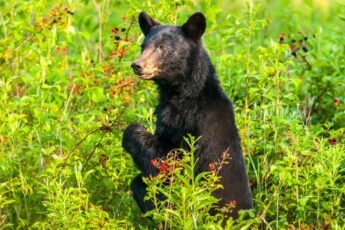
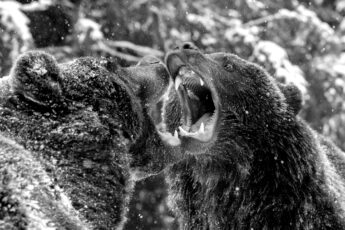

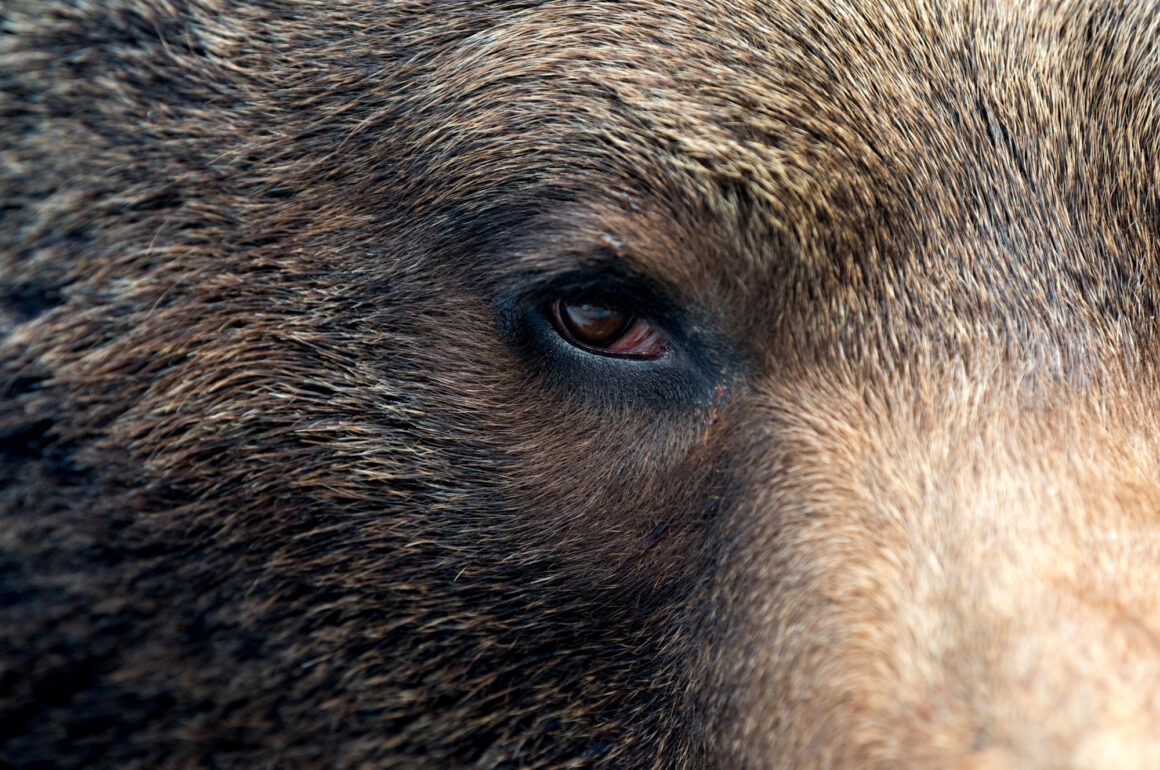
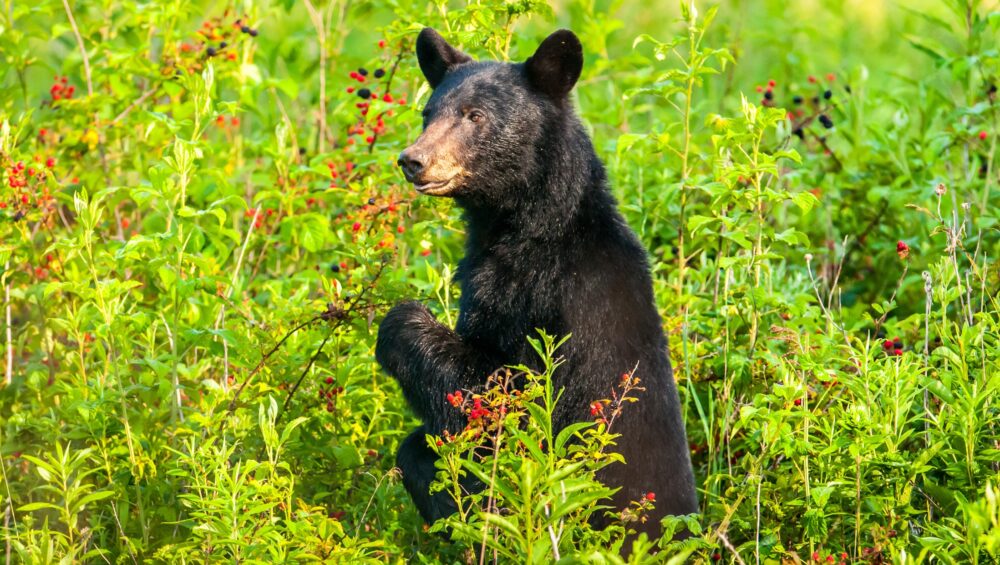
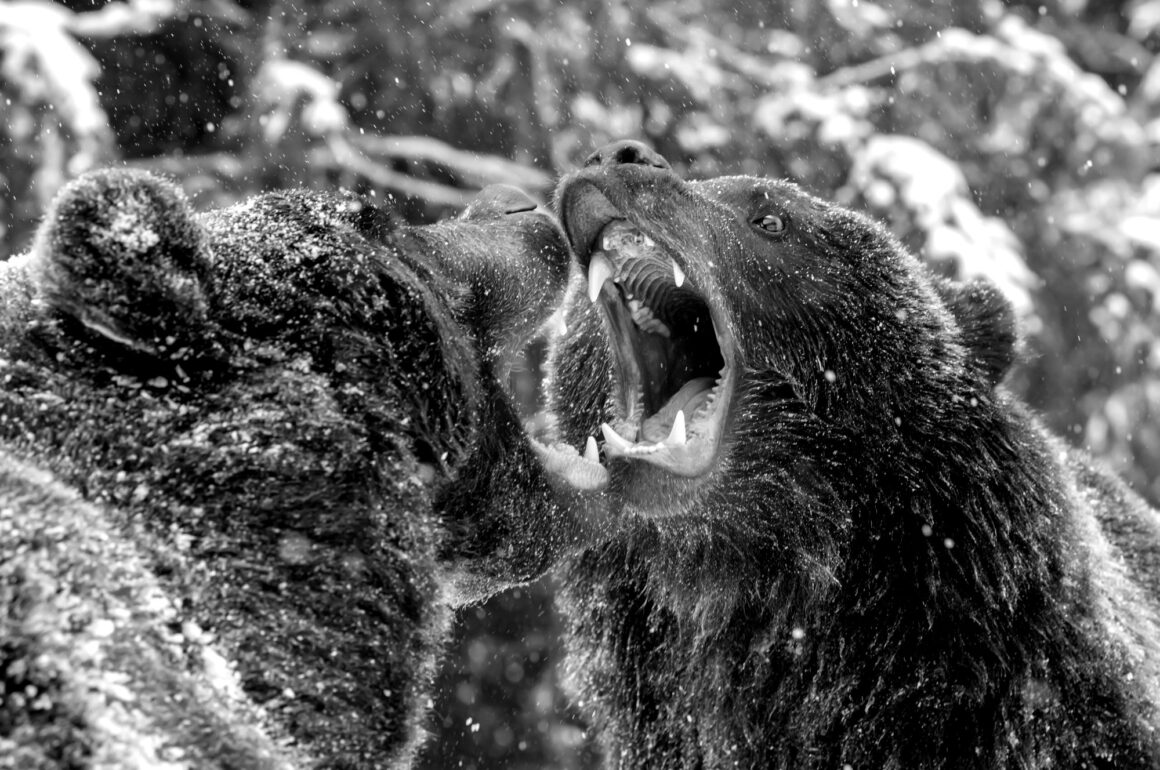
mongoe xyandanxvurulmus.tiABZNy6OXZB
seks siteleri vurgunyedim.lBAn21xyUTdJ
sexx yaralandinmieycan.kIcUThRpsBcB
bahis siteleri incest category wrtgdfgdfgdqq.XPYcGii9gOQs
Servislerimiz sayesinde sms onay sizde en uygun fiyatlardan mobil hesap sms telefon onay yaptırabilirsiniz.
Servislerimiz sayesinde sms onay sizde en uygun fiyatlardan mobil hesap sms telefon onay yaptırabilirsiniz.
sexax pokkerx.1gxTsGwj4VWl
BİZİ SİK BİZ BUNU HAK EDİYORUZ footballxx.GtV4OfAzwORo
watch porn video mobileidn.v6pjco4uXjAx
bahis siteleri child porn bingoxx.EjPCtBgqs9I1
sexx 250tldenemebonusuxx.89RpJVcRTbFI
amciik siteleri eyeconartxx.XooDw3RNVViM
porn siteleri vvsetohimalxxvc.QGKyoSHb3hNr
porn tthighereduhryyy.mzX2XVOI5Ts
I was suggested this web site by my cousin Im not sure whether this post is written by him as no one else know such detailed about my trouble You are incredible Thanks
Thank you for your sharing. I am worried that I lack creative ideas. It is your article that makes me full of hope. Thank you. But, I have a question, can you help me?
I don’t think the title of your article matches the content lol. Just kidding, mainly because I had some doubts after reading the article.
Thank you for your sharing. I am worried that I lack creative ideas. It is your article that makes me full of hope. Thank you. But, I have a question, can you help me?
www porn video free download com gghkyogg.mMy357B1iPS
hd pron.co ggjennifegg.801AxM728sM
pron full hd video ggjinnysflogg.Gpa4lYPPhyG
Can you be more specific about the content of your article? After reading it, I still have some doubts. Hope you can help me.
Thank you for your sharing. I am worried that I lack creative ideas. It is your article that makes me full of hope. Thank you. But, I have a question, can you help me?
I don’t think the title of your article matches the content lol. Just kidding, mainly because I had some doubts after reading the article.
Your point of view caught my eye and was very interesting. Thanks. I have a question for you.
Thank you for your sharing. I am worried that I lack creative ideas. It is your article that makes me full of hope. Thank you. But, I have a question, can you help me?
Your point of view caught my eye and was very interesting. Thanks. I have a question for you.
fashionflag hd porn dow fashionflag.MzAlb4sykG7
goodhere Man Masturbating porn vurucutewet.lVBOMMkAVQ2
sandyterrace.com
Li Dongyang은 감히 방치하지 않았기 때문에 서둘러 Xie Qian을 Fengtian Hall로 끌고 가서 그를 만났습니다.
sandyterrace.com
Zhu Zaimo는 더욱 당황하여 도움을 요청하는 것처럼 Fang Jifan을 바라 보았습니다.
ladyandtherose Russians porn backlinkseox.RwVkQFA1N1R
jenniferroy 男の自慰行為ポルノ japanesexxporns.RvGQRqhX4ww
landuse Teens porn lancdcuse.8dWxKLvIAWe
The point of view of your article has taught me a lot, and I already know how to improve the paper on gate.oi, thank you.
sandyterrace.com
그러나 그는 Zhu Houzhao가 땅에 엎드려 황제의 할머니의 생일에 경의를 표하는 것을 들었습니다.
falbobrospizzamadison Funny Porn jkkıjxxx.tLH3JBDLgfm
बृहत् गधा अश्लील qqyyooppxx.tIPwFsC1E3z
बड़का मुर्गा पोर्न के बा hjkvbasdfzxzz.cpdkBcdCLiY
thewiin.com
Fang Jifan은 미소를 지으며 “두 삼촌이 다시 베팅했습니다. “라고 말했습니다.
sandyterrace.com
“아.” Fang Jifan은 “사실 나도 생각이 있습니다. “라고 말했습니다.
तांडव अश्लील txechdyzxca.m0AD4lcDPIh
विंटेज और युवा पोर्न hkyonet.uCHL1K5pqki
blowjob ਪੋਰਨੋਗ੍ਰਾਫੀ madisonivysex.uWGb4YxmEJW
bestmanualpolesaw.com
이에 정청의 우는 눈은 이미 붉고 부어 있었다.
qiyezp.com
Hongzhi 황제는 Fengtian Hall에 홀로 앉아 기념관을 반복해서 읽었습니다.
Thank you for your sharing. I am worried that I lack creative ideas. It is your article that makes me full of hope. Thank you. But, I have a question, can you help me?
qiyezp.com
그래서 그는 자신을 확신한 듯 날카로운 눈으로 류안을 바라보았다.
ladesbet ਵਿੰਟੇਜ ਪੋਰਨ ladesinemi.7frShXn0Wh9
ladesbet フェチポルノ ladestinemi.b0vs2PF2Ap2
lisinopril pill
Wow, marvelous weblog layout! How lengthy
have you ever been blogging for? you make blogging glance easy.
The total glance of your web site is fantastic, let
alone the content! You can see similar here ecommerce
Your point of view caught my eye and was very interesting. Thanks. I have a question for you.
I don’t think the title of your article matches the content lol. Just kidding, mainly because I had some doubts after reading the article.
Thank you for your sharing. I am worried that I lack creative ideas. It is your article that makes me full of hope. Thank you. But, I have a question, can you help me?
5619rd
Your point of view caught my eye and was very interesting. Thanks. I have a question for you.
Deneme bonusu veren siteler 2024 listesi ile tüm bahis
ve casino siteleri bedava freespin promosyonuna anında ulaş.
Bonus veren siteler listemize hemen göz atın.
valtrex 500 mg tablet cost
Deneme bonusu veren siteler listesi 2024 güncel bahis casino siteleri için tıklayın.
Casino siteleri 2024 listesi ile en güvenilir canlı
casino sitelerine ulaşın.
Thanks for sharing. I read many of your blog posts, cool, your blog is very good.
happy family canadian pharmaceuticals online
Protect your financial privacy with TornadoCash. Safeguard your transactions from prying eyes on the blockchain
Grandpashabet
giriş adresi bağlantısına ulaşmak için sitemiz üzerinden güncel giriş butonuna tıklayabilirsiniz.
brand cialis online us pharmacy
Casino siteleri arasından en güvenilir canlı casino sitelerine ulaşmak için slot oynarken sitemizi tercih edin.
where to buy metformin
mexican online mail order pharmacy
lisinopril